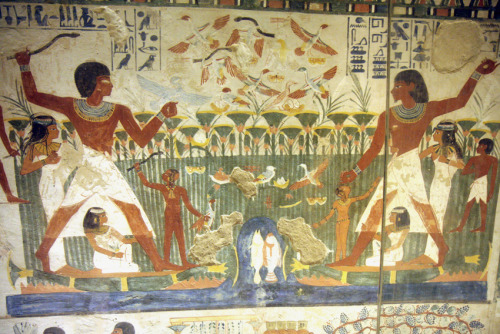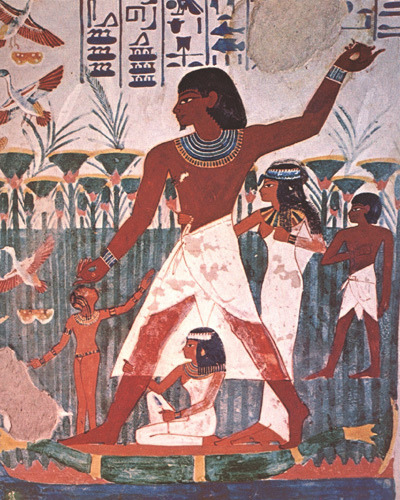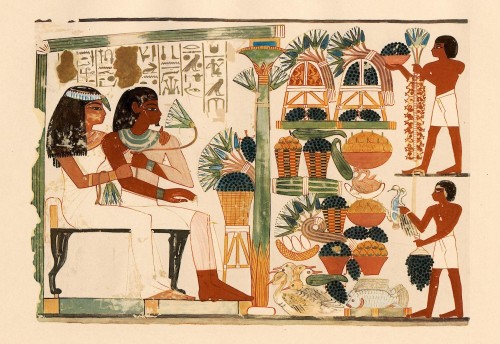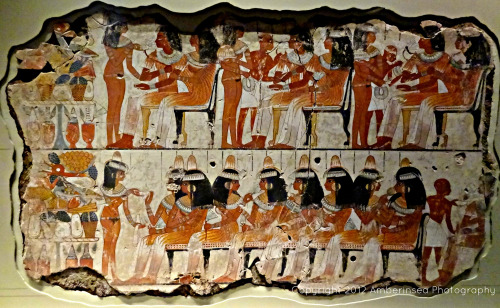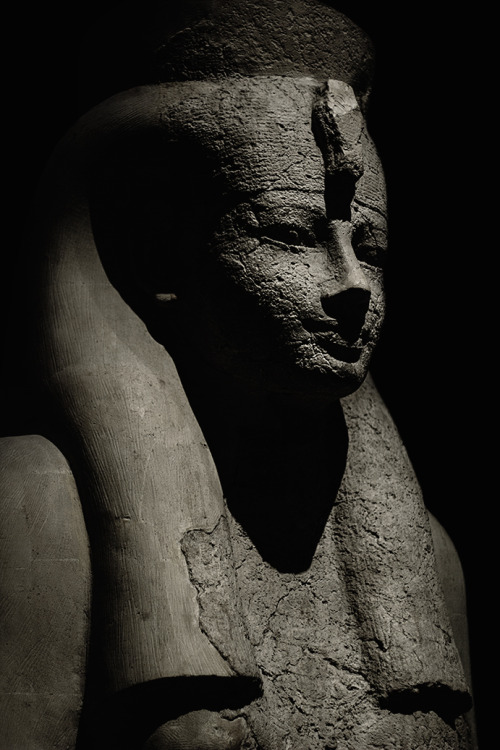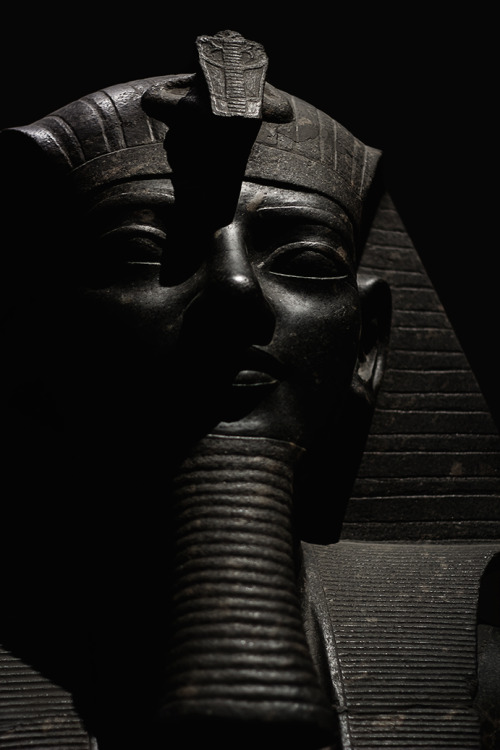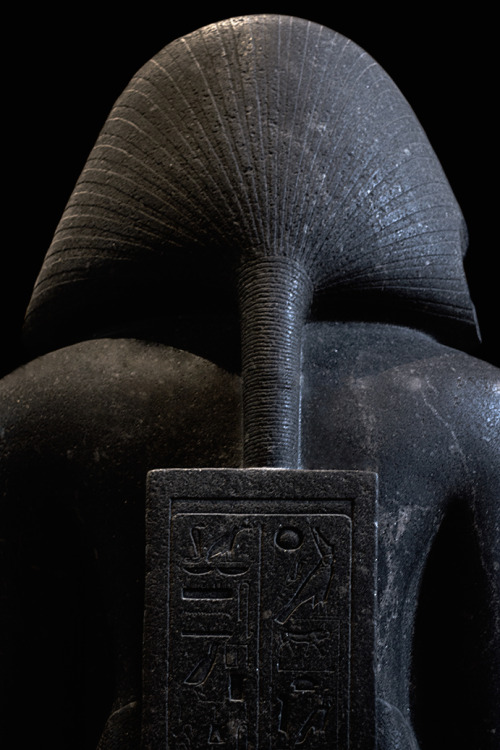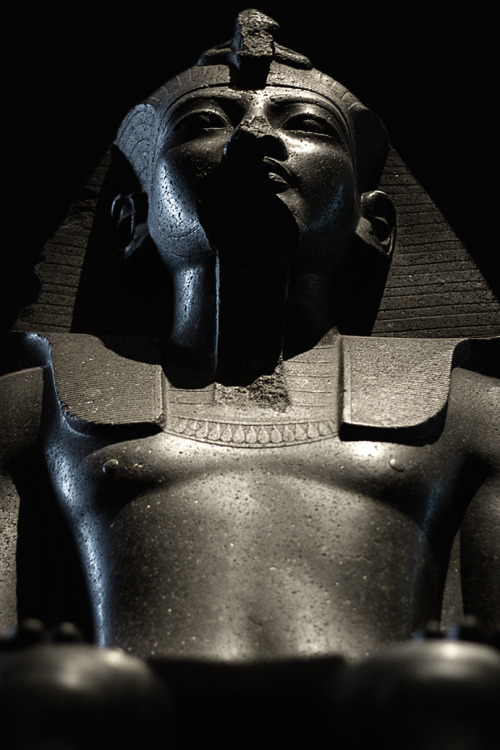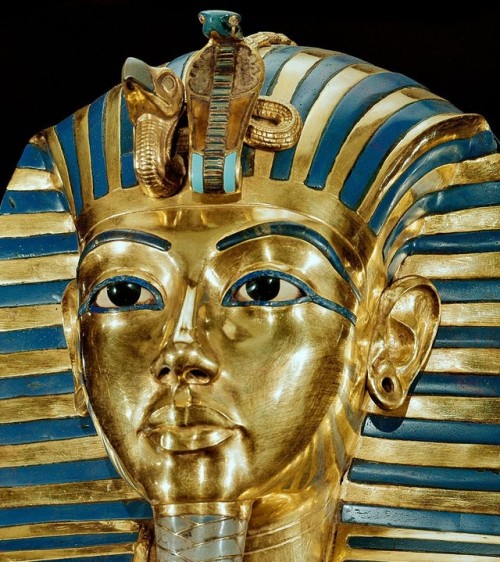#18th dynasty





~ Face of Akhenaten.
Culture: Egyptian
Period: New Kingdom; 18th dynasty, period of Akhenaten
Date: 1372-1355 B.C.
Place of origin: Amarna, Egypt

~ Mask.
Period: New Kingdom, 18th Dynasty
Date: ca. 1550–1295 B.C.
Place of origin: Upper Egypt, Thebes, Dra Abu el-Naga (Carnarvon/Carter excavations, 1906-11)
Medium: Pottery, gold leaf
Tomb of Nakht
Ancient Egyptian official Nakht was an ‘astronomer’ (Astronomer of Amun), scribe, and priest probably during the reign of Thutmose IV, during the Eighteenth Dynasty.
Post link
NYC: Brooklyn Museum - Pair Statue of Nebsen and Nebet-tabywallyg on Flickr.
Via Flickr:
Pair Statue of Nebsen and Nebet-ta
Egypt, probably from Sumenu.
New Kingdom, Dynasty 18, early in the reign of Amunhotep III, circa 1390–1353 B.C.
Limestone, 15 3/4 x 8 9/16 x 9 1/4 in. (40 x 21.8 x 23.5 cm).
Brooklyn Museum, Charles Edwin Wilbour Fund, 40.523
Post link
Wall paintings from the tomb-chapel of Nebamun, by amberinsea on Flickr
Nebamun was an Egyptian scribe during the 18th Dynasty,New Kingdom
Post link
Painted limestone relief depicting the 18th Dynasty pharaoh Thutmose III (r. 1458-1425 BCE). From the foundations of the temple of Ramesses IV at Thebes; now in the Metropolitan Museum of Art.
Post link
Gold Mask of Tutankhamun, detail (gold, lapis-lazuli and semi-precious stones), 14th century BC. Egyptian Museum, Cairo.
Post link
This blue faience monkey housed in the Brooklyn Museum dates back to the late 18th Dynasty. Purportedly from El Amarna, this piece reflects the whimsical nature with which Egyptians often associated with monkeys. Some wealthy Egyptian families kept monkeys as pets–they were expensive creatures imported from distant lands at much expense–further stressing the affluence of their owners. The above statuette clutches a piece of fruit or a ball, and its pierced ears (which metal earrings filled in antiquity) signify it was meant to represent one such companion.
Source: brooklynmuseum.org
Post link
Queen Tiye’s head with a feathered crown from the Amarna Period (18th dynasty), yew wood, lapis lazuli, silver, gold and faience, ca. 1355 B.C, Egypt.
Tiye was the spouse of Amenhotep III, mother of Akhenaten and grandmother of Tutankhamun. She is represented with great realism and we can see her very distinctive features in the typical Amarnian style.
This head has had two different hairstyles over time and they have been modified for unknown reasons. The original one was probably a khat,which was a head cloth worn by the nobility. We can still see traces of its ornaments on Tiye’s forehead where the golden uraeus were attached. The khat let the ears bare and that’s why the queen is depicted wearing golden earrings. Interestingly, the khat was actually reserved to goddesses: Tiye and Nefertiti are the only mortals to have ever been represented wearing one.
The second hairstyle is the one we can still see today. For unknown reasons the first hairstyle was destroyed and its remnants were covered by a linen wig that hid the earrings.
This head was probably meant to be attached to a body that has not been discovered.
Photo by Steven Zucker / Courtesy of the Egyptian Museum of Berlin
Post link

Head (porphyritic diorite) of an ancient Egyptian cow goddess, perhaps Hathor or Mehetweret. Artist unknown; ca. 1390-1352 BCE (reign of Amenhotep III, 18th Dynasty, New Kingdom). Now in the Metropolitan Museum of Art.

Painted wooden ushabti of the scribe Seti. Artist unknown; late 18th or early 19th Dynasty, New Kingdom. Now in the Cleveland Museum of Art.


